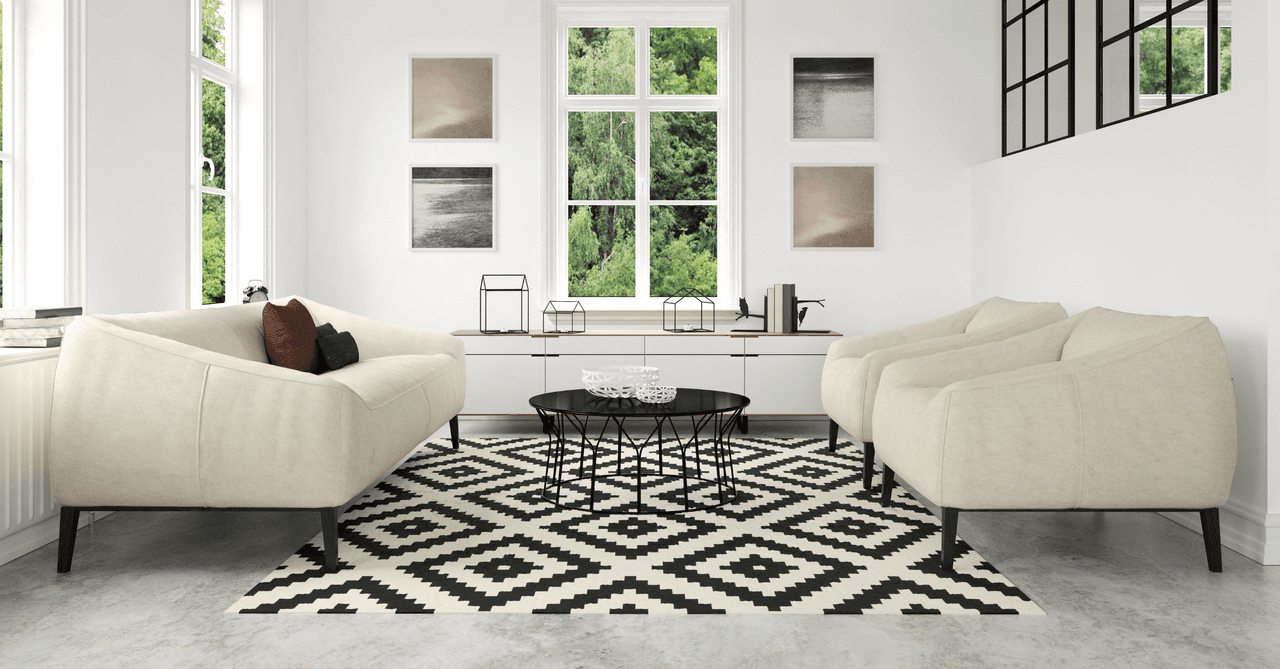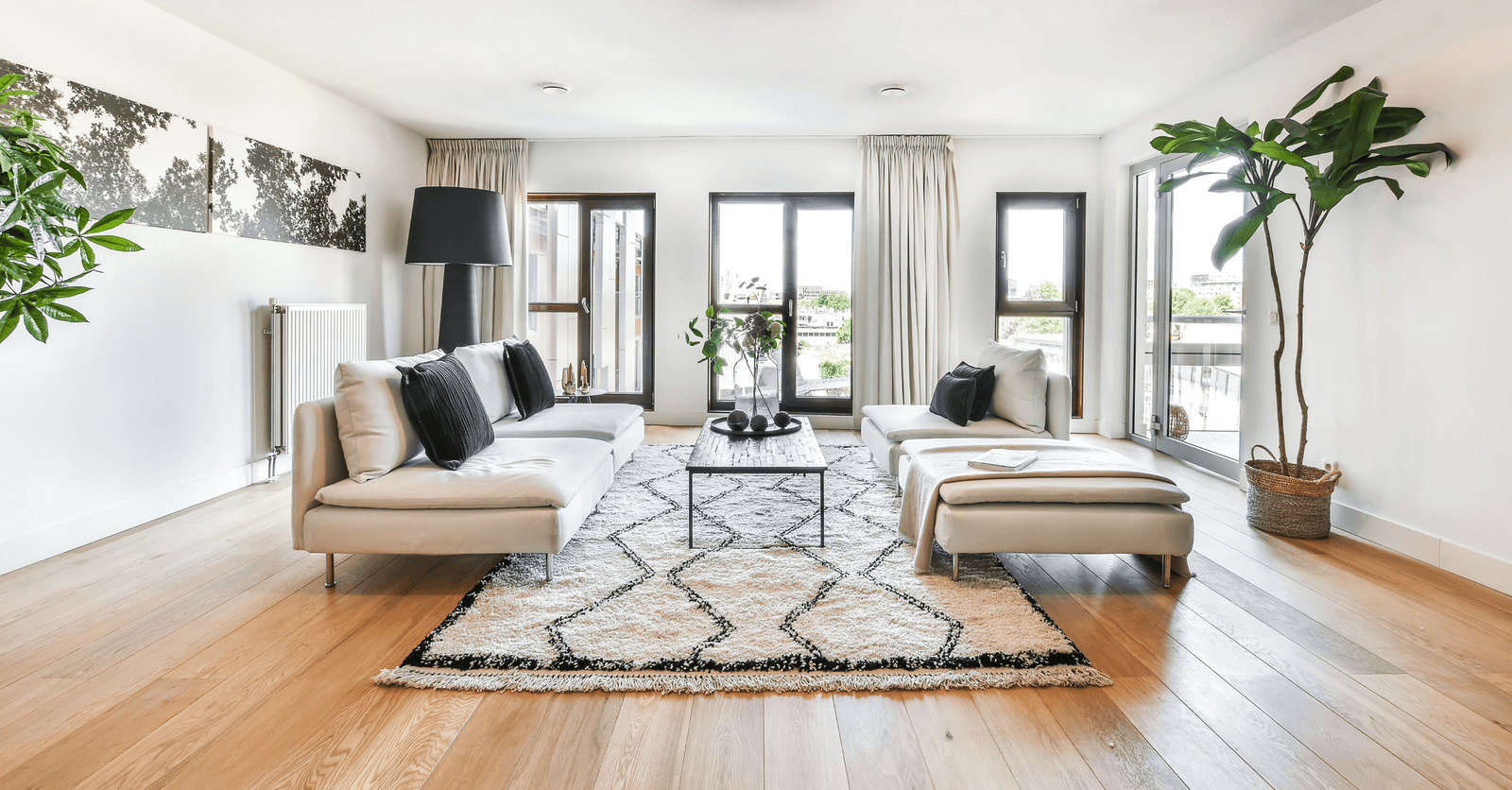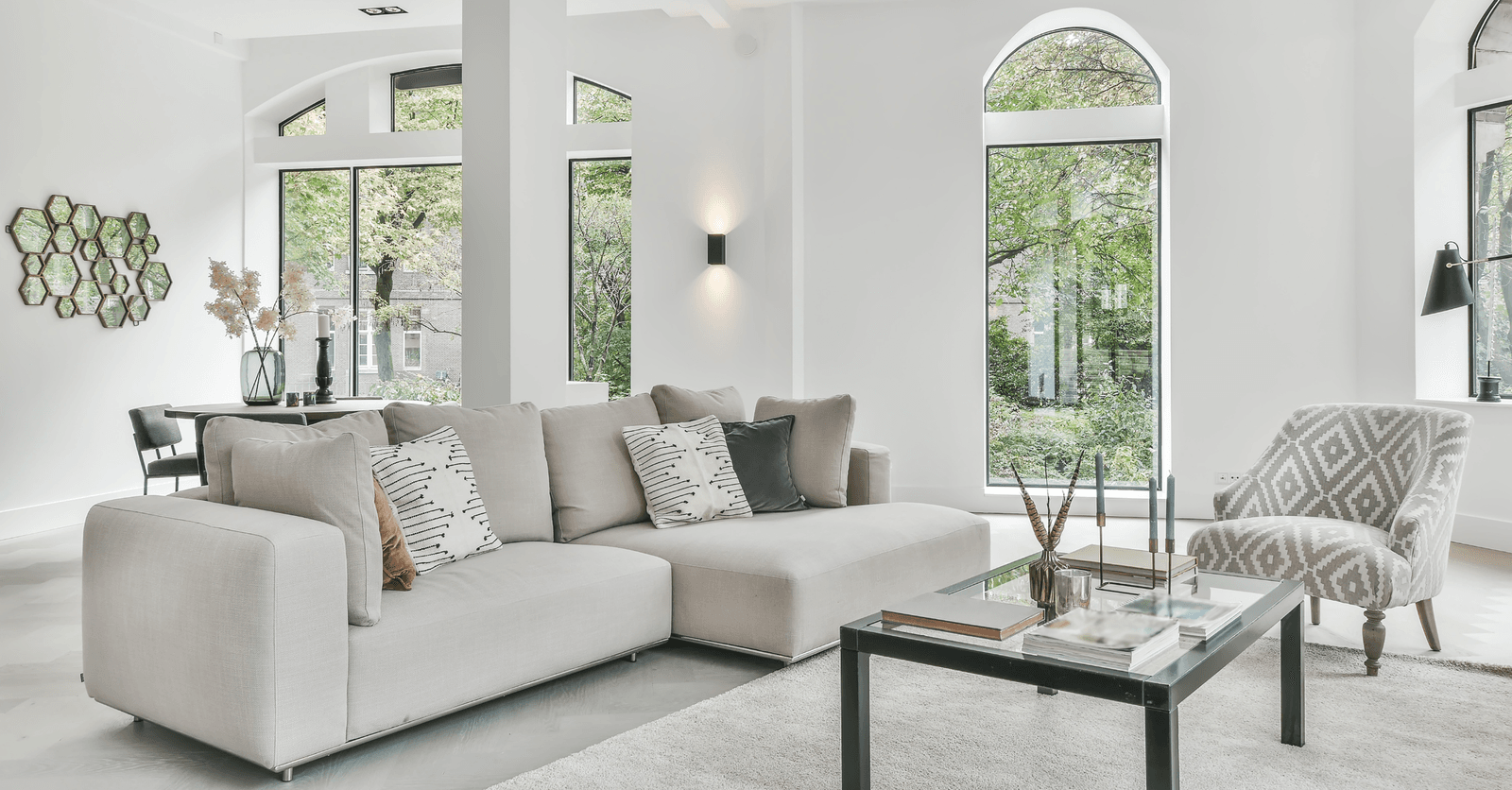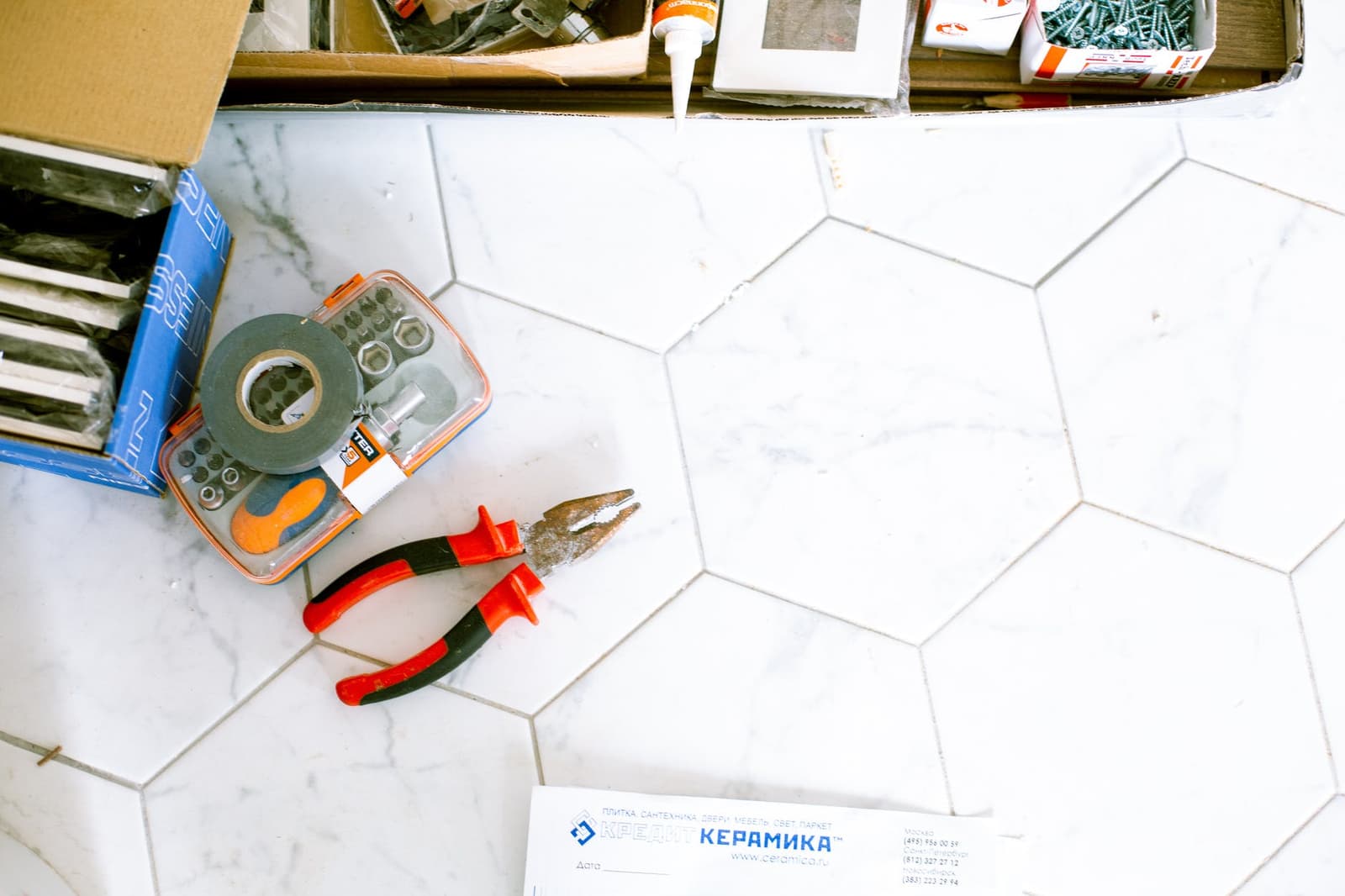Hiring an Interior Designer to Remodel Your Living Room
By Christine Simard
Updated on September 12, 2024

When remodelling your house, you might find yourself lacking inspiration. Whether it be your brand-new house or an old one you're looking to spruce up, it's important to have your ideas in order before starting to make any changes.
Whether a place for resting or one for gatherings, your living room is a common area that gets a lot of movement. This is why it's important that, during any renovation project, you have a good visual of what you need in order to maximize the use of this space. To do so, an interior designer could be the best person to guide you through the many steps of your project, as much for the project itself, then the starting plan.
4 Reasons Why You Should Hire an Interior Designer to Remodel Your Living Room

Source: Canva
1. Stress management
As mentioned previously, the designer also works as a project manager. While also consulting you on your needs and vision, they will be in charge of the planning: dealing with contractors, buying materials, etc. This way, you will be able to see more clearly and move forward with your project without worrying too much.
2. They'll come up with a layout you would've never thought of
It can sometimes be difficult to imagine a new way of organizing your living room while trying to maximize your space. Either for your family, your partner or simply for you, a designer will know how to accommodate your space according to your needs. With their knowledge of the most recent trends, they will have the eye in order to find the perfect decor that will serve you equally in aesthetics and practicality.
3. Savings and networking
With the job comes the contacts, and a designer's role is also to help you respect your budget. With a pre-established amount, they will know where to go to find you the best deals. Keep in mind that a designer will have access to certain items and materials that aren't available to the public thanks to their contacts.
4. A professional result
You can count on the experience of a professional to give you the amazing results you've always wanted. Two heads are better than one, and the mind of a designer is trained for this type of work. With years of school and training, you can expect the end results of a professional.
The Interior Designer's Role

Source: Canva
Not to mix up with a decorator, the designer can define a plan by including the structure of your room, the possible moving of electrical wires or pipes, adding or removing walls, etc. Their work doesn't solely apply to the aesthetics of your house, but also to the structural side. Here is what the APDIQ says:
«The definition of your needs, planning, conception and realization of plans, project managing and site supervision: the designer serves you as a guide during the full duration of the project.
They have a great knowledge of the market, the trends, the suppliers, the materials and the infinite possibilities offered according to your budget and your needs.»
Do you have another design project in mind? Head over to our article about Styling a bedroom: 4 reasons to call an interior designer.
Get 3 quotes for your living room renovation project
RenoQuotes.com will put you in contact with 3 reliable contractors for your living room project. Fill in the form on our homepage (it only takes a few minutes), and you will receive quotes from trusted professionals.
Dial 1-844 828-1588 to speak with one of our customer service representatives
Looking for something else?
Related articles
The latest industry news, interviews, technologies, and resources.

Christine Simard
•07 Nov 2023
You might have noticed a steady stream in paint colour trends in 2020 and 2021. Like we talked about in our article Design trend 2021: curves, shapes and squiggles, the past 2 years had their fair share of ups and downs, with a lot of us stuck at home, probably stuck staring at the same home decor.

Editorial Team
•15 Jan 2025
Is your home contaminated with asbestos? Call in a professional decontamination company! Working with asbestos experts from a demolition company will save you from becoming just another number amongst those infected with asbestos in Quebec. Worldwide, 100,000 people die every year as a result of asbestos exposure.

Editorial Team
•05 Aug 2024
Have you purchased an old house with an equally aged structure? Despite completing renovation work over the years, odds are, your household plumbing pipes are still exposed. So, the question is, how can you make exposed piping aesthetically pleasing? Here are seven hacks to conceal your plumbing pipes or, at least, make them a little more visually appealing.

Editorial Team
•22 Aug 2024
Digital twin technology is revolutionizing various industries, including construction in Canada. At RenoQuotes, we are committed to keeping you informed about cutting-edge technologies that can enhance your projects. How can digital twins improve the efficiency, safety, and project management of your construction projects? What are the specific benefits of this technology in the Canadian construction landscape? Let’s explore how digital twins are shaping the future of construction and the advantages they bring to the industry.

Editorial Team
•07 Nov 2023
Home renovations require time and energy for planning, preparing and executing. Leading up to your project, you’ll want to do some research about potential problems. Of course, there’s plenty of advice out there but as you’ll notice, a lot of it is contradictory.